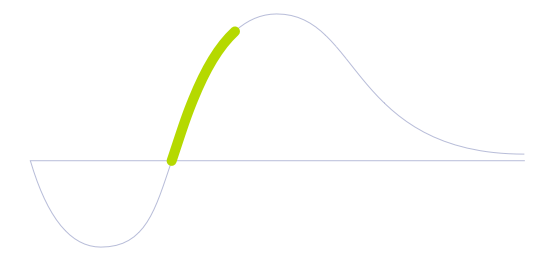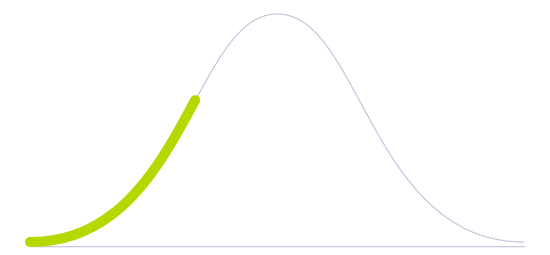Haptic Virtual Device

Technology Life Cycle
Marked by a rapid increase in technology adoption and market expansion. Innovations are refined, production costs decrease, and the technology gains widespread acceptance and use.

Technology Readiness Level (TRL)
Prototype is fully demonstrated in operational environment.

Technology Diffusion
Embrace new technologies soon after Innovators. They often have significant influence within their social circles and help validate the practicality of innovations.

As virtual, computer-generated environments become more prevalent through video games, virtual-reality environments, or even installations using sensors, users could go beyond visual stimulation with the help of simulated touch, pressure, force, temperature, and other sensations. An example of these kinaesthetic devices is the haptic glove, which uses sensors to detect hand movements and actuators to provide tactile feedback to the fingers and palm. This allows the wearer to feel the shape and texture of virtual objects they are interacting with, improving their ability to manipulate and control them.
Haptic virtual devices have numerous applications in industries such as gaming, education, healthcare, and engineering. They can be used to simulate medical procedures, provide training for hazardous jobs, or create immersive entertainment experiences. Also, they can be used to control robotic systems from a remote location, providing a more intuitive and responsive interface for operators.
Future Perspectives
In the future, these devices could help doctors remotely perform surgeries with better feedback responses than those currently available. By using telerobots instead of attempting to identify partially or wholly obscured organs visually, virtual surgery simulators could support surgeons in completing their procedures with more precision and simplicity. It could also assist with maintenance or repairs, thus enabling employees from anywhere in the world to guide on-site users with precision, decreasing the number of trips necessary for specialists to take. For emergencies, these devices could be readily available.
As VR environments grow in popularity, the importance of translating body movements and body language into those worlds becomes essential. The internet is dominated by written and verbal communication, letting other forms of communication fall short. But gestures and body language are essential, especially for the complex communication of emotions and mental states.
Image generated by Envisioning using Midjourney